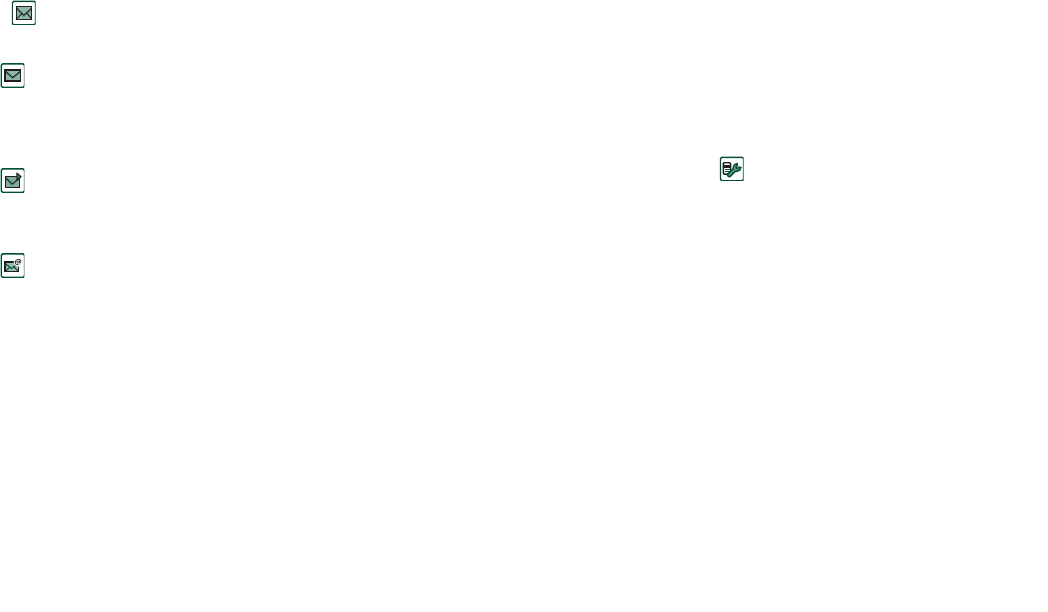
Messages 87
This is the Internet version of the user’s guide. © Print only for private use.
BUSINESS
Messages
With
Messages
you can create, send, and receive different
types of messages:
You also use
Messages
to receive:
• Area Information messages.These are text messages
broadcast to all subscribers in a network area, for example
local road reports or local taxi phone numbers. (Area
Information services are not available from all operators).
• BIO (Bearer Independent Object) messages. There are
different types of messages:
– Setup (email, Internet, WAP accounts).
– Email notifications.
– Files for exchanging electronic business cards (vCard)
and calendar information (vCal).
• Auto setup files for OTA (Over The Air) configuration.
• Beamed messages. These are files received via infrared or
Bluetooth wireless technology.
The different types of messages are handled by separate
messaging accounts. Select
Control panel > Connections >
Messaging accounts
to see the details of the messaging accounts
on your P910i.
You can have any number of email accounts - a typical
configuration will be one business and one personal account.
When you set up a synchronization with your PC, an account for
synchronized email is automatically created on your P910i.
With the flip closed, text and multimedia messages can be sent
and received using the Jog Dial and the keypad. More advanced
tasks are, however, best handled with the flip open.
Before using Messages
Before you can send and receive any messages (except for SMS)
you need to set up the necessary accounts.
SMS (Short Message Service) messages are text
messages sent and received via the network operator's
message center. When a text message has pictures,
sounds, melodies and animations inserted, it becomes
an EMS (Enhanced Message Service).
MMS (Multimedia Message Service) messages.
A multimedia message can contain text, graphics,
animations, photographic images, audio clips and ring
melodies.
Email messages. Your P910i mail client supports POP3
and IMAP4 mail servers, MIME attachments and
SMTP for sending mail.


















